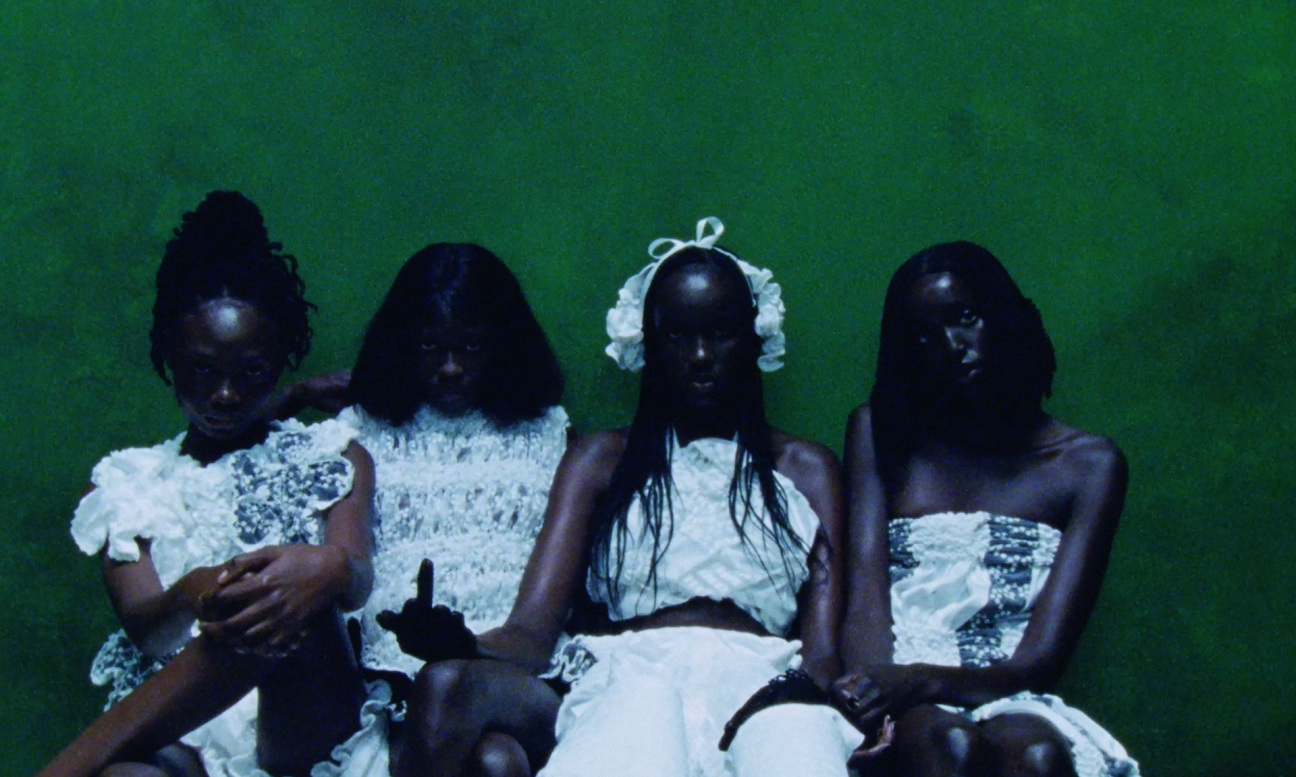
Few artists have developed a large enough body of work by the age of 25 to justify a monograph. But British-Nigerian photographer Gabriel Moses is an exception to the rule. After videos he posted online of his friends playing football drew buzz, Nike tapped him to shoot a campaign the same year he became old enough to vote.
Since then, he has become the youngest photographer to shoot the cover of Dazed magazine (at 22, he photographed the Gambian British rapper Pa Salieu) and has since developed notable collaborations with the likes of Skepta and Pharrell, as well as editorials for the New York Times, 032c, and i-D.
It’s evening in London when we finally get on the phone. After months on the road, Moses is home, the place he loves the most, surrounded by friends and family; their voices hum in the background of our call. With the forthcoming monograph, Regina, which comes out in Europe tomorrow and in the U.S. in June, the photographer aims to offer insight into the artistry and point of view behind his commercial images. Moses spoke to CULTURED about his meteoric rise, his criteria for a good collaboration, and why, at the end of the day, he just wants to make his mom proud.
Folasade Ologundudu: How did you get your start in photography?
Gabriel Moses: First, I was making videos with my friends for fun; I didn't actually start taking photos until 2020. I never studied this stuff in school. I'm from South London, and we have this attitude like, if you can learn it, it can get done. I trust my instinct very much. I have no shame in taking a photo, putting it on the Internet and deleting it [later]. I work like a kid. I'm also Christian, and one of the messages that’s always resonated with me most is never losing the child within you. I imagine things in my head and find a way to make it happen.
Ologundudu: What is your approach to collaboration? How do you develop collaborations and partnerships with brands?
Moses: I started working commercially in my late teens. When you're young, sometimes you find your value in who you're working with or for. Very early I detached myself from that. I'm happy to say no to things when I feel like it doesn't align with my visual language, my style, or what I believe in.
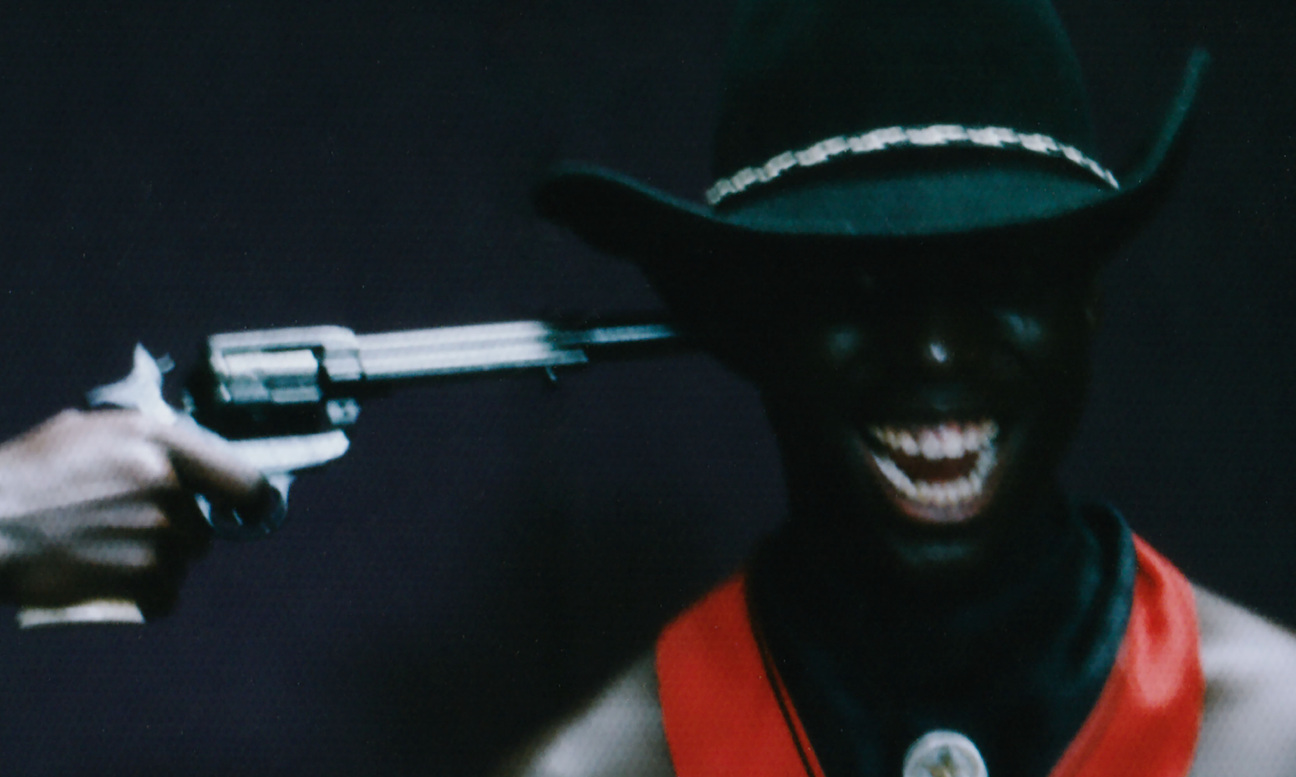
Ologundudu: What were some of the early conversations that led to working with Nike and to shooting the Dazed cover?
Moses: Everything is its own little story. When I was like 17, 18, I'd make these films with my friends. Someone at Nike invited me for a meeting and that relationship grew until I ended up doing something with them when I was 18. Jamie Reid, who was the art director for Dazed at the time, asked me about doing a cover and I thought he was joking. I feel like my whole journey has had me doing things before my time or before it was obvious. That's why I say all the time this stuff isn't by my power. God has put people in my life.
Ologundudu: What are your thoughts on the photography industry as a whole and emerging artists who are looking to enter the field?
Moses: I’m blissfully ignorant to a lot of the stuff going on in the photography industry. I'm always about having people shadow me. There's a girl named Cassia who I've worked with since she was 16. She's there for a lot of my shoots. I understand the responsibility that comes with what I do. Just being me, speaking the way I speak, looking the way I look, talking how I talk, people didn't expect me to make the work I produce.
Ologundudu: How do you decide which brands to work with? What are some of the things that guide you when you think about collaboration?
Moses: I've been doing this since I was 18. I've experienced moments where there's no respect, and I don't want to feel that feeling again. Being where I'm from, there are parts of me that get triggered when it comes to collaborations. It's like shooting a Louis Vuitton campaign when you couldn't afford an LV belt growing up. It’s hilarious because if I go to the store today, the security guards follow me around.
It’s the same thing with Nike. You go from begging your mum to buy some Nikes for you, then you're partnering with them. Then there's other things where I like the idea of leaving a mark. When we did [a 2022 campaign with] Moncler, I wanted to do it in Nigeria because it has relevance in Nigeria. It’s a thing for the motorbike men, Okadas, to wear coats. The brand might not know that, but it’s culturally significant.

Ologundudu: Since most images are shared online these days, how do you approach the very public, sometimes populist, nature of fashion photography while maintaining your authenticity?
Moses: I'm surrounded by my close friends and my family. I’m able to separate my career from my personal life. If I allow my achievements to define my life then I'm in big trouble because the same way there's a lot of wins, there's also a lot of losses. I’m very good at separating myself, and maybe that comes from the fact that I didn't study this. I didn't have that feeling like I really needed to make it because I spent years studying in school. The industry side of things, I've been blissfully ignorant to a lot of it.
Ologundudu: When it came time to open your first solo show in the U.S., why did you choose to work with Easy Otabor and Anthony Gallery in Chicago?
Moses: I met Easy [the founder of Anthony Gallery] in Milan. We just caught on. He'd always check in, tell me he admires the work. I've seen that he's a serious guy who loves what he does. Understanding what he was doing with Anthony Gallery, I was like, there's not a better opportunity to showcase my work in the States and do it with a Black gallery and a fellow Nigerian.
It was my first time going to Chicago, and I'm so glad I did because people like Virgil [Abloh, the late fashion designer] were so key in my journey. To go where he grew up was super special for me. Once he passed, the way people spoke of him—I was like, "If I can take anything from this, I want people to have been inspired by my practice, by the way I carried myself."
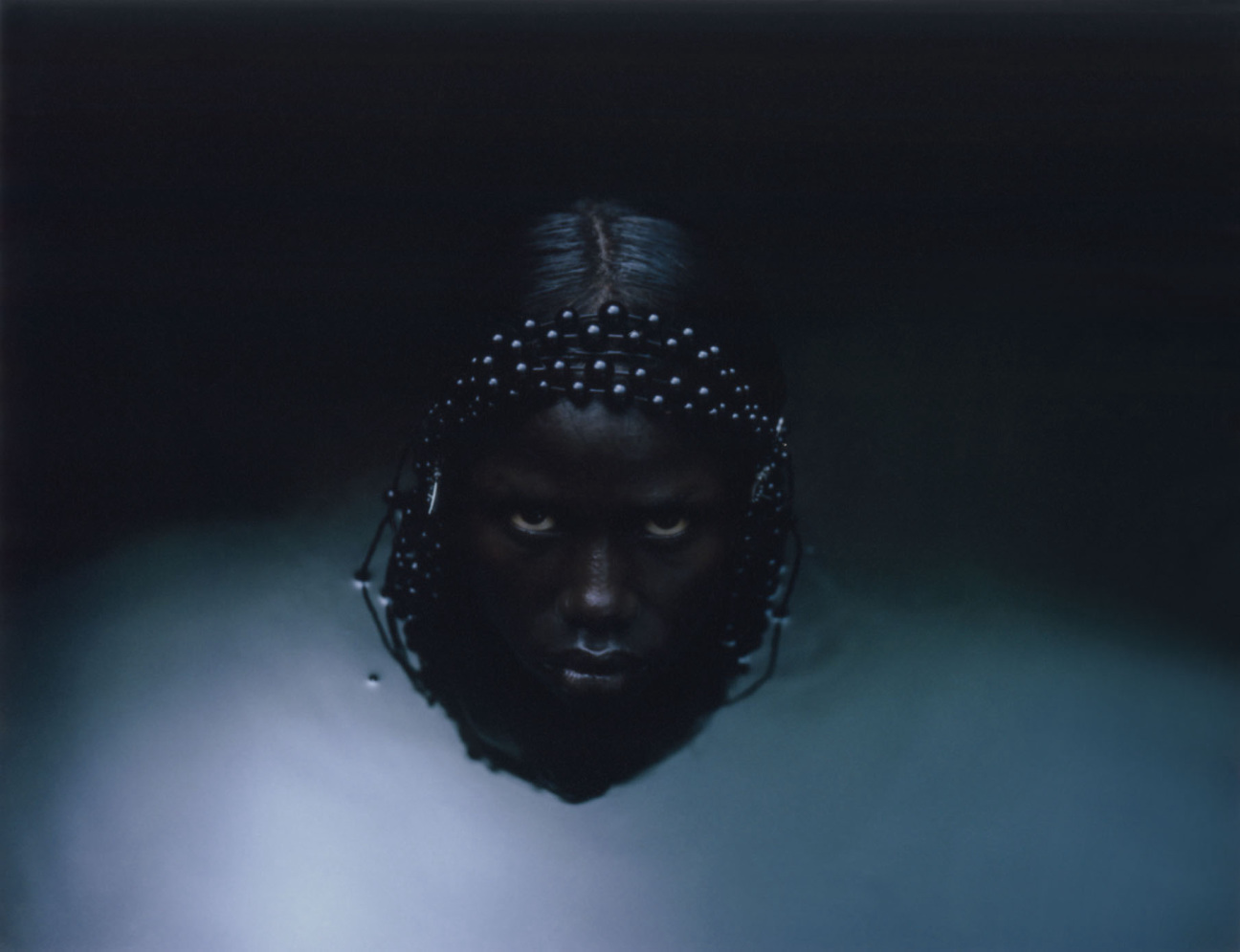
Ologundudu: Your first monograph, Regina, comes out April 9 across Europe, and then hits the States in early June. Talk to me about how it came to life.
Moses: I've existed in a time where everything's on the Internet and because of that, it was important for me to make something physical. The images are an accumulation of some of my favorite photos. They are the references of my mother, my aunties, and my sister who studied fashion. I'm super grateful to the women in my life for allowing me to look at an image of a woman and never allow toxic masculinity to take over. That leads me to the name Regina, which means queen in Latin. It’s me naming all the women in my life who have brought me to where I am. I do a lot of the work I do in order to make my mom proud.
Ologundudu: The book includes essays and contributions from Skepta, Nick Knight, Samuel Ross, Matthew Williams, and more. Tell me about those.
Moses: I had a conversation with Skepta, who I call a friend today. That's super significant because I grew up listening to him. The second conversation is with Nick Knight, who's a legend within photography and has been super supportive of my practice. The people speaking about me are people I'm close to or have had an influence in my career, like Matthew Williams. He’s a designer who was a super close friend of Virgil and was, up until recently, creative director at Givenchy. He was the first person in fashion to say, "Let's do something together." My mom wrote something too. I wanted to make something that feels human and personal. I want people to open the book when they need inspiration.

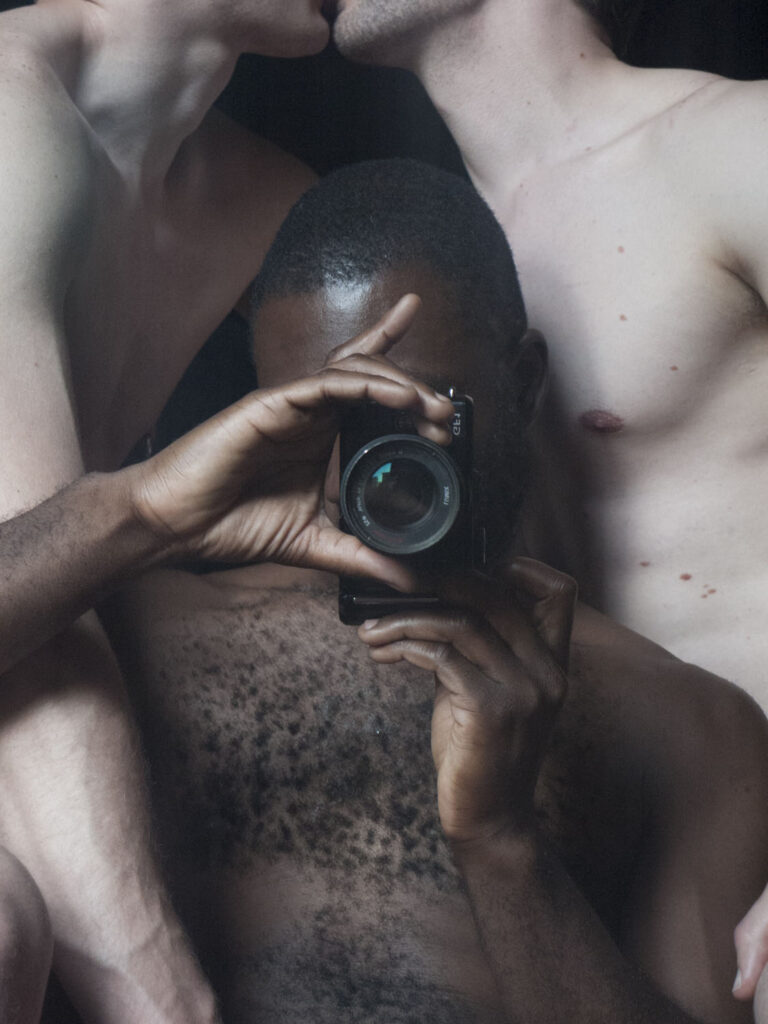
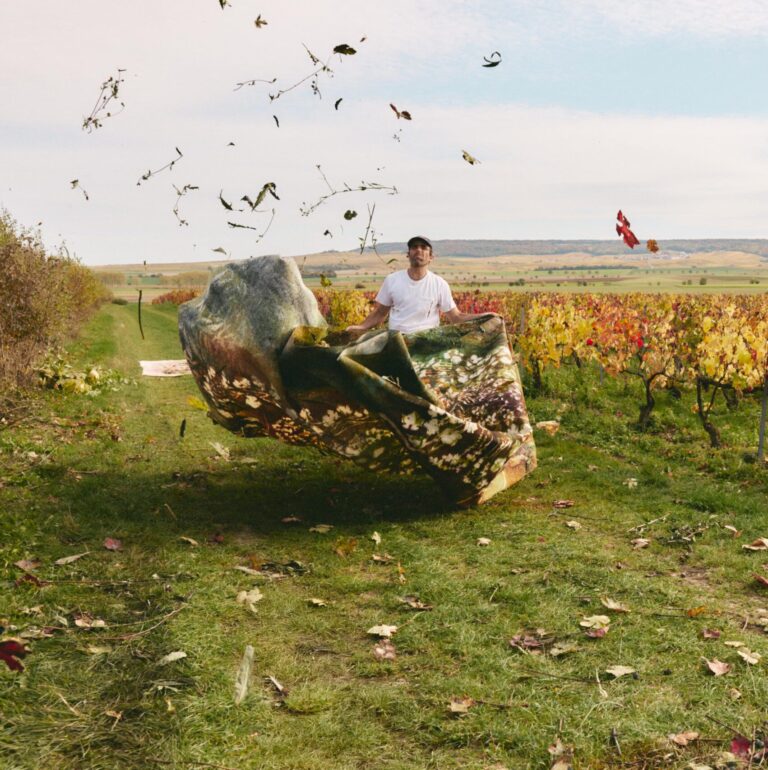


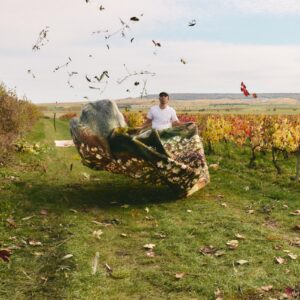




 in your life?
in your life?

